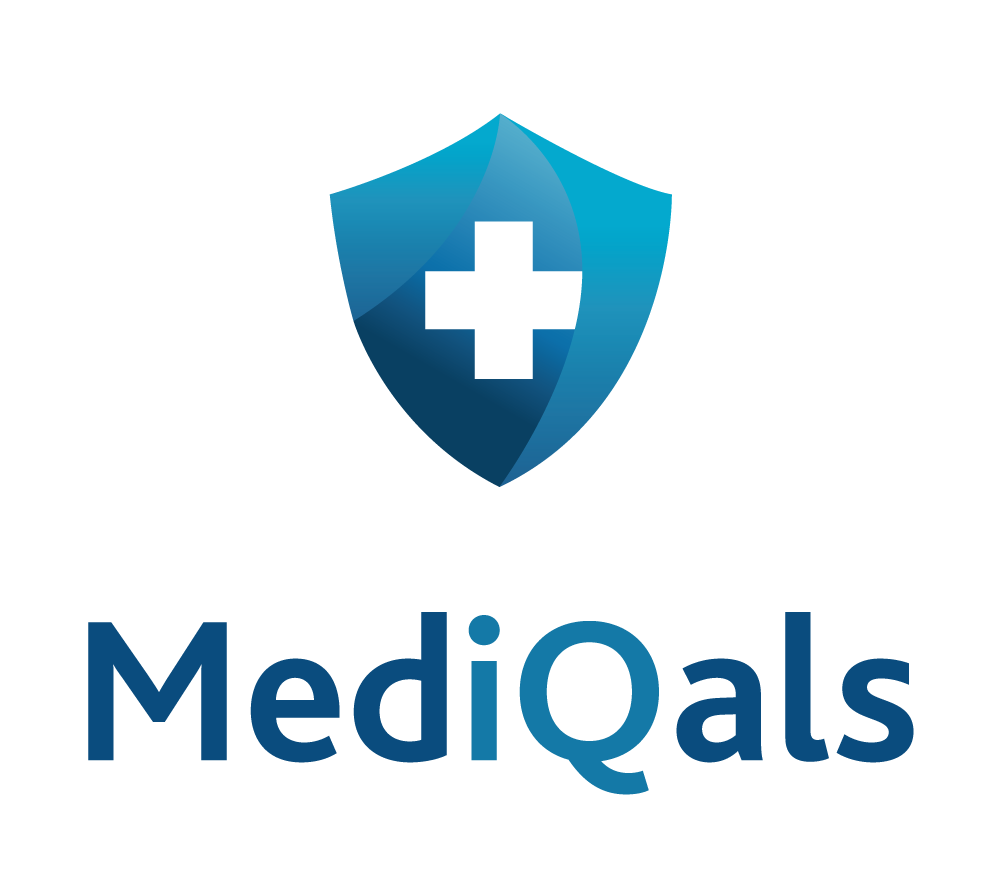Business software is the pair of programs and functions that are used to do particular productive, creative, fiscal, and daily business job. They are produced and implemented to increase output, reduce functional costs, bring new development, and solve customer challenges faster.
Types of Organization Software
There are plenty of kinds of business software. Many are more professional than others, but each and every one share more common principles of supporting organization operations. For example decision support systems (DSS), customer relationship management software (CRM), and deal automation.
Different software applications focus on strategic techniques that add value to business techniques, such as organization resource preparing businessboardroom.net/tablet-vs-laptop-what-is-better-for-business/ (ERP), enterprise content material management (ECM), and business process management (BPM). Depending on requirements in the particular organization, some of these technology may only be available in a bespoke or off-the-shelf formula.
The most important matter in deciding what software will be appropriate for a certain business can be its character and procedure. Generally, off-the-shelf solutions will not house all of a company’s requirements, so very careful research and evaluation will be critical.
Employee scheduling and management software will help managers retain program staff schedules, assign alterations and time off, and ensure that every employees happen to be paid properly. It also allows employees to verify their own work schedules and change all their times, to help avoid misunderstandings and employee absenteeism.
Business accounting and salaries software allows small businesses take care of their loan more efficiently and accurately. It can automate most of the tasks included in payroll control, including time-off keeping track of and calculating superannuation repayments. It can also provide you with access to essential economical data, including balance sheets, profit and loss terms, and cash-flow statements.
